There are many ways people are brought into the process of making art.
Through my own art practice and experience with producing and participating in socially engaged art projects, I understand that collaboration, participation, and social engagement have the capacity to create transformative experiences and dynamic artwork.
Yet, I have felt the edges of collaboration and the discontents of participation. Whether an artist intends to trivialize, tokenize, and even harm someone they invite into their process does not mitigate this effect. Conflict, misrepresentation, and refusal can be a transformative opportunity for learning and reflection that completely change the direction of a project. The facilitation of socially engaged art, collaboration, and participation is complex. After all, there are deadlines to meet, shows to hang, reports to write, and funders to appease.
For better or for worse, there are few, if any, formal ethical codes that direct the engagement of artists working with people and communities. What exists instead are developed practices and personal guidelines. Detailed in this article are socially engaged artists Kim Morgan, Mo Phùng and Mo Glitch, Camille Turner, Jessica Winton, and Leesa Hamilton, whose practices variously include: centring participant autonomy; the ability to withdraw participation; adapting projects to feature built-in space of debrief and care where intense subject matter is present; engagement frameworks that enable fun, recreation, and joy; long-term engagement to allow trust and relationships to build. They also focus on skill building and community building rather than tangible, product-based outcomes.
As artists increasingly work outside the institutions of the art world and directly with communities, it serves all parties to draw on the acquired knowledge, experiences, and practices of those who have been doing this work for years.
Kim Morgan’s Blood Portraits (2021) hangs above the elevator in the Health Sciences Centre of Dalhousie University. For over a decade, Morgan has made artwork with the scans of human blood personally donated to her. She is exploring if it’s possible to understand our relationship to one another by looking at blood samples and body materiality through a microscope.
“You can’t,” says Morgan. “But through this process of collecting, scanning, looking, and discussing with people what we are seeing, other stories come out, and a relationship is formed through this process.”
In Blood Portraits, the deeply personal nature of blood is abstracted through an ambiguous, microscopic view. What might initially be mistaken as stock medical images are in fact attributed to the people (Grace, Kirsten, Gary, Juss, Annie, Ceilidh, Couzyn, Mona) who have donated their blood cells to the artist for this installation.
“I’m drawn to difficult material that has complex layers. I use blood as a metaphor for how we consider each other,” says Morgan. “If we see blood through a scientific lens, will it take precedence and dominate other biases that we have about each other? I wasn’t being naive, maybe idealistic.”
Typically, in contexts of medical imaging, the examination of bodily material is from a deficit-centred perspective. In Blood Portraits, something else is at play. Morgan asks us to see our cells differently. She exercises ethical consent when collecting blood samples and through the presentation of donors’ personal information. Morgan also informs participants about the intentions of her work, and she leaves room for anyone who wants to donate their blood for viewing purposes but omits the material if they aren’t comfortable with her using it in her art practice.
“There’s an exchange that happens. It’s a blood donation. Think about that. I can’t think of a more intimate thing.” In Blood Portraits and the several other works for which she has used blood, she is aware of her own responsibilities as an artist to use this material with sensitivity and care.
“That’s one of the ethical and moral things about blood. Should people be paid for, or pay for, blood donations? A donation is a ‘gift’ while a payment is a sales transaction, part of the tissue economy,” she says. “These are two very different value systems that conflict regarding the exchange of blood. I think that relationships involve exchanges too.”
In Seeking Sanctuary (2023), artists Mo Phùng and Mo Glitch worked collaboratively with the participants and subjects of the installation in its development. Supported by the artist-run centre Eyelevel Gallery and exhibited at the Khyber Centre for the Arts in Halifax from July 4 to July 22, 2024, the installation featured nine trans people (Arielle Twist, Excel Garay, Calendula Sack, Jacquie Shaw, Carmel Farahbaksh, Bria Miller, and myself) depicted in large-scale, hand-drawn portraits. Employing a collaborative process through group and individual engagement sessions, the artists recounted phases that resulted in the exhibition: invitation, connection and visioning, photo shoots with participants, drawing the portraits, and designing the exhibition.
“Making work about trans people without having them involved in the making of the work was non-negotiable,” Glitch says, turning to Phùng.
“We have a sanctuary that we’ve created between ourselves,” says Phùng. “But there [are] so many people who have contributed to what I think of sanctuary to be, and that is collaboration and connection and friendship.”
The duo collaborated on the facilitation of the engagement and execution of the portraits, which were first photographed by Phùng and later drawn by Glitch.
“People had the opportunity at any moment to say ‘not that photo’ or ‘not that drawing’ or maybe ‘I don’t want to have it in the show at all,'” says Glitch. They note that this consent-based approach to representation can lead to uncertainties and tensions, as it is a balancing act of meeting deadlines while staying true to the needs of the group and honouring everyone’s autonomy.
“It’s always weird to pay someone to do something for you. There’s a power dynamic there,” says Phùng.
The power dynamic being described is an inverse of what might be historically true for the creation of portraiture, as Glitch points out.
“I don’t feel like the precedents are particularly clear around this kind of model of participation and engagement,” says Glitch.
“When it comes to care, it looks different for every single person. It’s something that can’t be predicted,” says Phùng, highlighting that formulaic approaches to care are often unresponsive to the context-specific nature of different participants and collaborators.
Artist and scholar Camille Turner was drawn to socially engaged art because of its expansive nature.
“I was completely blown away by this field of art making,” says Turner. “You can actually do things that are meaningful. Not just objects, but create relations with people and create change in the world.”
Turner’s Afronautic Research Lab (ongoing since 2016) is an installation and site of community-based education that is responsive and responsible to the local histories of the places where it is activated. In the Lab, viewers become researchers who bear witness to archival documents that evidence Canada’s participation in transatlantic slavery.
“There are a lot of documents that are silenced or suppressed that don’t make it into the museums or history books,” says Turner. “And they completely reframe the country that we’re in and the histories that we’ve been told.”
In 2021, Turner brought the Afronautic Research Lab to the Bonavista Biennale, a monthlong presentation of contemporary art in rural Newfoundland, where the Lab focused on the site’s connection to the construction of nineteen slave ships built on the coast of the island between 1751 and 1792. Participants of the Afronautic Research Lab don’t engage with the materials alone. They are guided by performers that the artist has named the Afronauts.
“The Afronoauts embody this idea of Black futurity, or a future in which Black people are present and central, conjuring a world in which Black people are fully liberated,” she says. “Their presence is important to anchor this exploration of the past.”
Key to the artwork for their engagement with one another and the viewers of the work, the Afronauts are often young Black artists, performers, and activists. “There’s something really beautiful about coming together and sharing this experience,” says Turner. “Being there to witness the people who are taking part in this experience.”
In the Bonavista iteration, and unlike previous instalments of the Lab, the Afronauts were presented not in person but as a projected film that guided viewers’ experience through the materials and place. Reflecting on the role of the Afronauts as caretakers of not only the past, but also of viewers of the work, Turner recounts a memory from within the Lab.
“I remember this one woman, a young Black woman, she sat down and took her glasses off. You could see the tears forming. One of the Afronauts put their hand on her shoulder,” she says. “The other one and myself, we joined them and we nodded and put our hands on our hearts and had that moment together in the space to help her go through what she was going through.”
Responding to such heightened moments, emotional safety, and the ability to debrief the documents of anti-Blackness and Black resistance is integral to the Lab. Turner creates separate break-out spaces for checking in and holding space for conversations as soon as things come up.
“The first time I did that was at York University. So, they could be in the main room with the Afronauts and then afterwards people would come in and we would talk,” says Turner. “What happened here? How are you feeling, and what’s going on? It was a really good experience to be able to have that space to process.”
Art educator and social sculptor Jessica Winton’s foray into experimenting with parades as a site for community art came through observation of the spectacle of the Natal Day Parade; she is a resident of the portion of North End of Halifax that is on the parade route.
“Each summer, I would see my street get parked out and all of these people going down the hill to the beginning of the Natal Day Parade. It would be completely packed,” says Winton. “At the same time, I was thinking about how to get regular people to see art and experience it without being intimidated.”
Beginning with Ris Publica presented in the Natal Day Parade of 2016, Winton has experimented with parades through what she describes as a participatory practice.
“It is amazing to be in a parade,” she says. “You walk along, and everyone’s smiling and clapping, cheering you on. It’s like you’re a hero. It’s the greatest thing ever. You don’t need to prepare anything or do anything.”
Participants and collaborators have had varying degrees of agency in what is presented in different projects of Winton’s. In 2017, Winton was an artist-in-residence at the Halifax North Memorial Public Library, where she engaged a fluctuating group of attendees in envisioning a float. She recounts how her usual process took an unexpected turn—a group of participants coalesced to make decisions about what the parade float would look like.
“It didn’t get titled by me. Someone else named it and came up with the form and everything,” she says. Winton recounts her anxieties when few of the participants who created the ideas for the float arrived on the day of the Natal Day Parade to perform.
“Not everybody wants to get up early on a Saturday and get to an event, or even feel like they’re ready to put their bodies in public,” she says. “I recognize that it was difficult for me to do, but I was not quite aware that it was also difficult for other people to do.”
In Poetry on Tiptoes presented as part of the Quiet Parade in Nocturne 2022, Winton engaged participants in the editing and transposing of lines of poetry created by collaborator Sophie Glover, which were carried by participants and choreographed as walking stanzas across Fort Needham Memorial Park in Halifax. Winton explained that unlike in previous projects, these participants were paid an honorarium and that this shifted the nature of their involvement in nuanced ways.
“The impetus to attend was because they were getting paid, not because they wanted to participate,” she says. “It felt really different, and I wasn’t keen on the feeling.”
In Murmured Futures (2023), Winton collaborated with Tanya Davis, poet laureate of Prince Edward Island, to create a similar walking-poetry parade. With this iteration, she opted for a different form of remuneration. Reflecting on the ethics of her engagement with participants in the creation of parades, Winton underscored the importance of a clear, honest, and grounded invitation.
“I made a bunch of copies of the poem on fine art paper, and I made a varied edition, hand-painted them all a bit differently. I had them in a stack ready to give out at the end of the performance,” Winton says. “That did feel really great.”
Leesa Hamilton has been involved in socially engaged art practices as an educator, facilitator, and mentor for many years. “Because I have been doing this work for a long time, the language around work has changed a lot from twenty-five years ago,” she says.
With a background in experiential education models, Hamilton recalls her early years spent volunteering to build physical infrastructure, like bridges, latrines, docks, and stairs in communities that needed them.
“I would learn from and with the community,” says Hamiton. “Many of the skills that I gained were not ones that I came in with.”
These experiences led Hamilton to her formative experiences of working in communities with “art as a tool,” as she describes it. This included programs for homeless and street-involved youth to create theatre productions and the creation of a ”free art school,” mentoring and equipping young people with tools of entrepreneurship and art practice to help transition into post-secondary education.
“Some of the young people that I was working with in these programs I had worked with since they were very young, sometimes since they were twelve or thirteen, and then through their university degree,” says Hamilton.
For the Noisemakers Program in 2019, Hamilton facilitated a project with eleven newcomers in Halifax, which explored identity and storytelling through fashion and jewellery making.
“That project was most fulfilling for me, from beginning to end, because the work felt really personal for each participant. We worked together for a long time, so we built relationships,” she says. “That exhibit, for me as a person of colour who’s connected to a post-secondary institution, it felt really exciting to have images of people of colour on the walls.
“When we opened that show, there were buses that came in from newcomer communities that our participants were involved in. They brought families and friends into the gallery, many of whom had not been there before.”
Reflecting on best practices and wisdom acquired from her many experiences doing this type of art facilitation, Hamilton shared the importance of long-term projects that honour the time needed to build relationships.
“One of the most important things is creating a collaborative project where the methods that we use, the tools that we’re employing, and the outcomes are developed collaboratively,” she says.
Hamilton recognizes the reality that collaborative project design often results in projects that don’t produce tangible outcomes. As she sees it, that is not the point—it’s about community building and skill building. “There is always skill in the room. When we’re working with a particular media, many of the community members in the group have skill in that area,” Hamilton says. “Everybody’s teaching and everybody’s learning.”

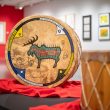
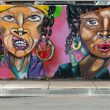

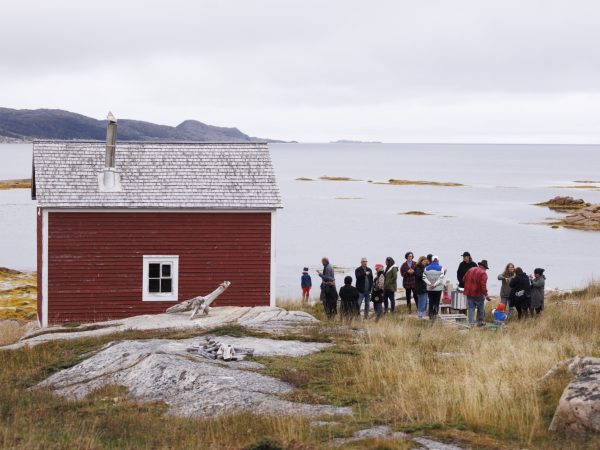
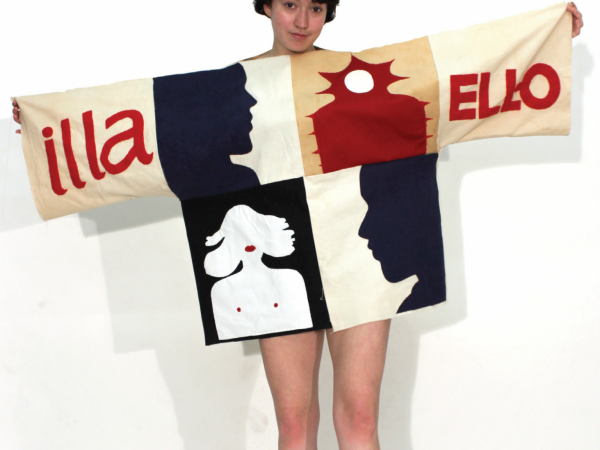
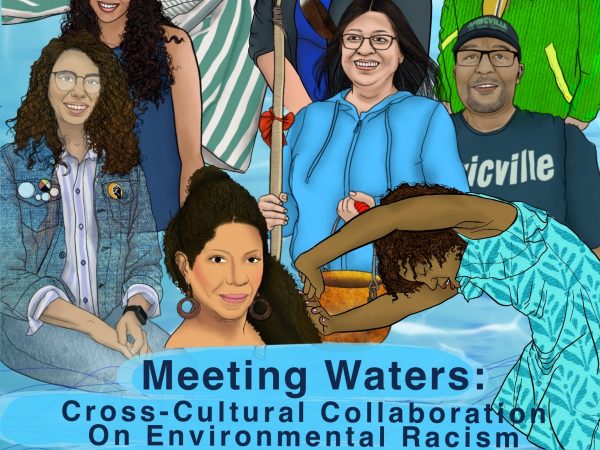
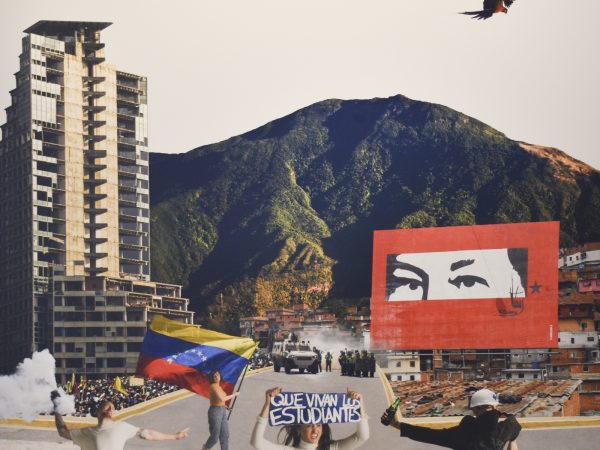
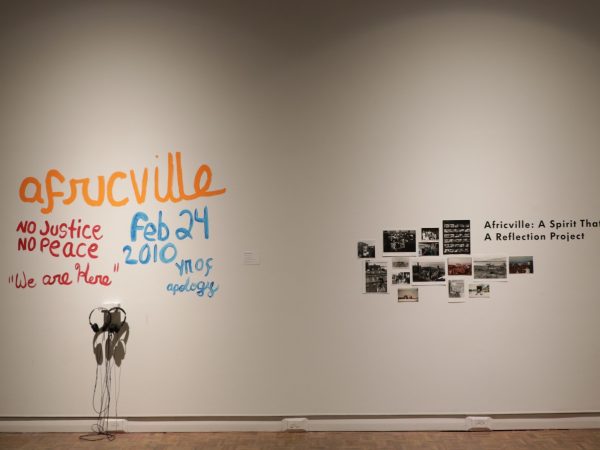







Leave a Reply